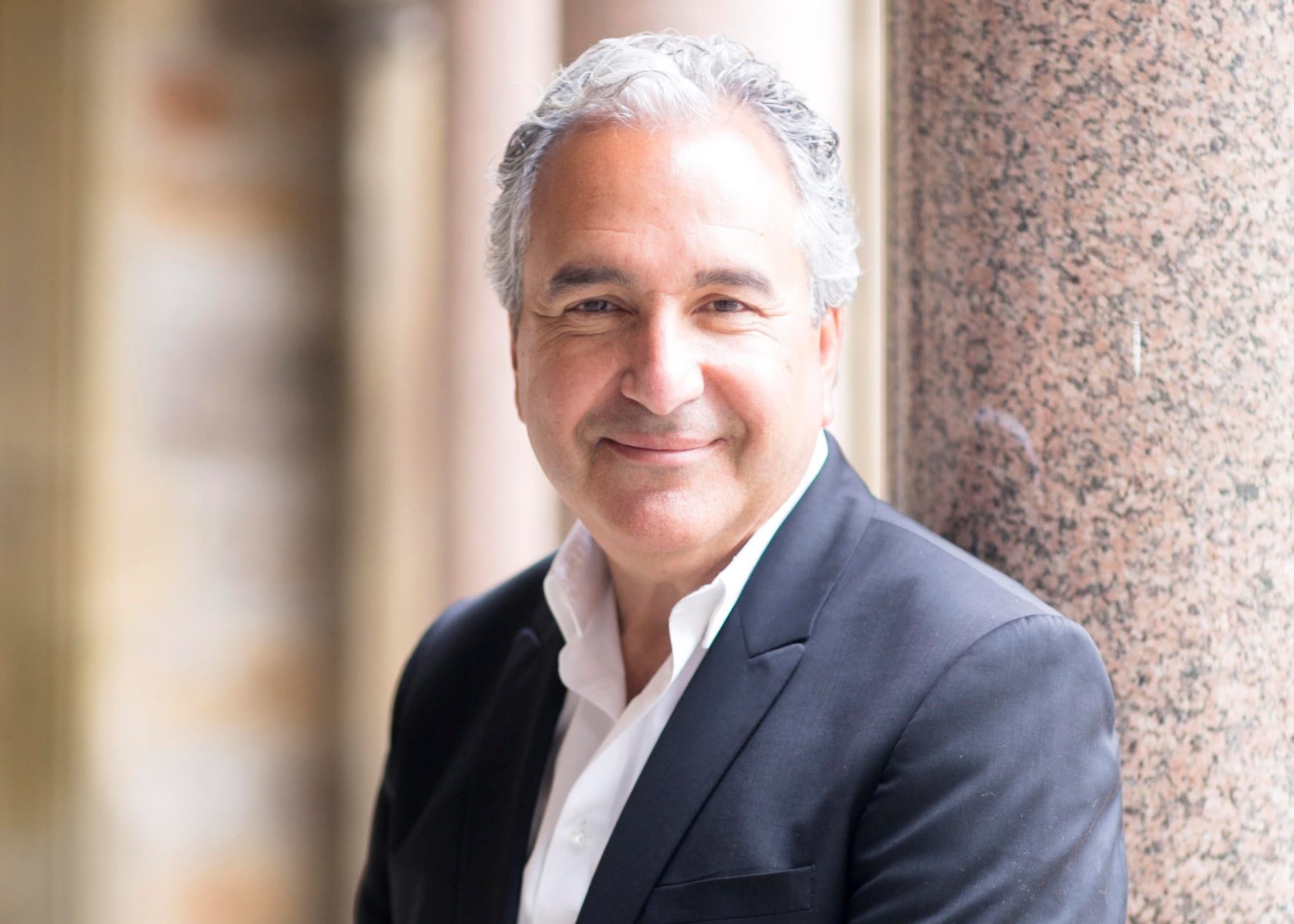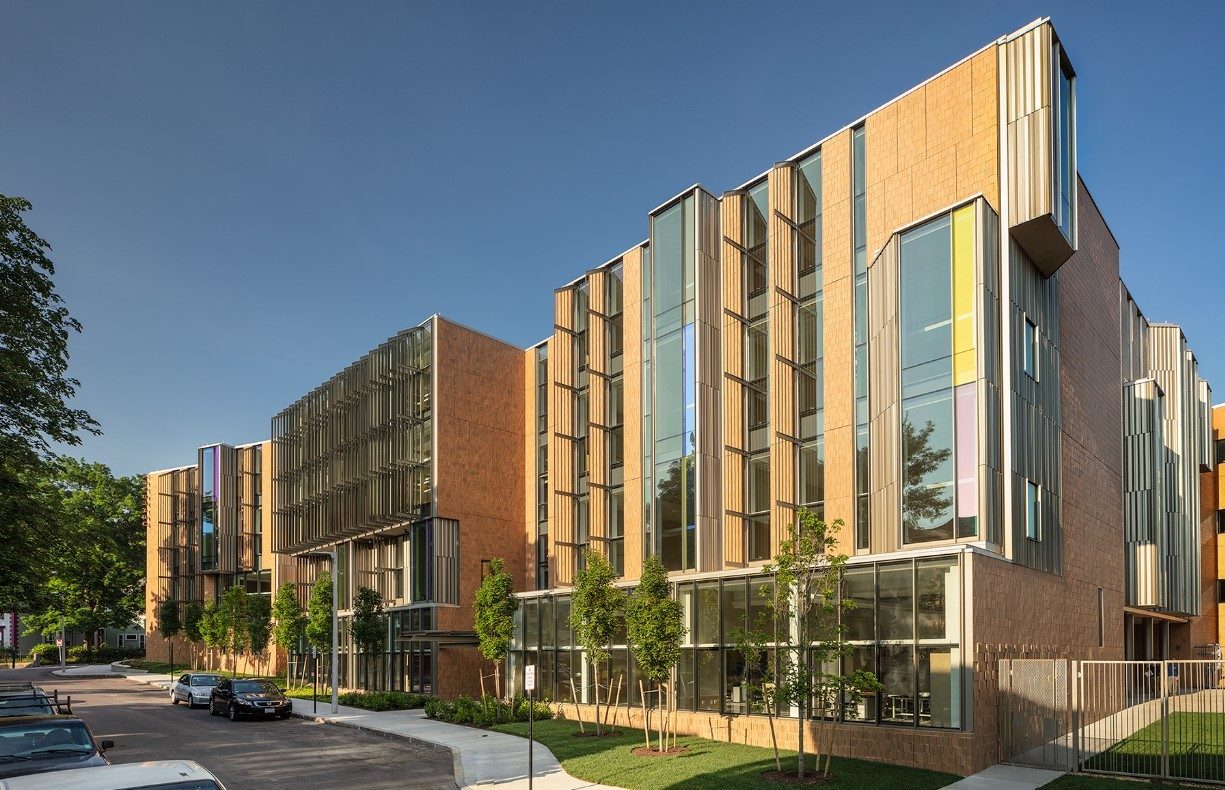Jonathan Levi FAIA

Principal/Lead Designer, Jonathan Levi Architects
2020 BSA Award of Honor recipient and 2020 Harleston Parker Medal winner.
Education: B.A. Yale College '76, M. Arch. Yale School of Architecture '81
Professional Interests: Architecture and all it encompasses
When did you first become interested in architecture as a possible career?
As a sophomore undergraduate.
How do (or how did) you explain to your parents what you do for a living?
As a marriage of my studies in art, music and social sciences.
If you could give the you of 10 years ago advice, what would it be?
Stop teaching.
Who or what deserves credit for your success?
- The spirituality of music as inspiration and guide to my overall creativity.
- My parents unquestioning support and sacrifice.
- My teacher and mentor, Thomas H. Beeby, whose drive to technical and formal perfection and whose sensitivity to the politics of consensus have been my example.
- The uniquely American architecture of Frank Lloyd Wright and Mies Van der Rohe.
Who do you think is the most underappreciated architect and why?
Frank Lloyd Wright. There are many others who could be named. But, the disparity between what Wright invented, gave and single-handedly influenced and the credit he has received, far exceeds the disparity that could be described for any other. He has been spurned by much of the academic establishment and that is a great shame. There is still a great deal more to learn.
What is your favorite Boston-area building or structure?
Though we celebrate the public monumentality of building exteriors, interiors are more important because they are closest to how people live and, as a result, say the most about the good that architecture can do. In all honesty if you were to ask me for the best room in Boston, it would be my own Dearborn School's atrium. If you were to insist on a work outside of my own, it would be the interior of Paul Rudolf's First Church sanctuary. If pressed, turning to exteriors, the Commonwealth Mall is one of the great places in the world. For architectural exteriors, the North Easton train station or the Stoughton House, both by Richardson, who, by any measure was and still is the greatest and most influential architect our City has produced.
Has your career taken you anywhere you didn’t expect?
I never expected to work as much on public schools as I have. In the end it has been a marvelous type with many types, sizes and shapes of spaces and therefore great complexity. But, above all, public schools are at the cutting edge of our profession's contact with what is possible and can be explained to and supported by the common person.
Which one of your current projects excites you the most?
I am currently working on large ex-urban live/work multi-family housing neighborhoods which respond to the needs of today - hoping to bring new solutions that the commercial marketplace has overlooked.
What has been your most proud moment as an architect/designer?
Seeing the faces of the children of Roxbury entering the Dearborn School for the first time.

What do you hope to contribute from your work?
To demonstrate solutions to typical problems, as illuminated by the needs of my individual clients, that can, in turn, be of use to the wider profession.
What does equity mean to you?
It means that, in keeping with the ideals of our culture, everyone has the same opportunity for self-fulfillment and success - however they choose, individually to define those things.
What do you see as the largest barrier to equity in your profession?
The main issues are: 1 The holocaust of slavery and its continuing aftermath, which, to say the least, has disadvantaged blacks and their access to participation and success in architecture. 2. The striking imbalance between the participation of women in architectural education and their eventual numbers and prominence in practice.
What are some changes that you have implemented in your firm (or for yourself) to address issues of equity in your profession?
In my firm we have little turn over, but, when we do, we are on the constant lookout for talented young black architects. We have done the same for women and have been more successful there with a majority of females in the firm. The solution to the inclusion of blacks in the architectural profession goes far beyond what can be accomplished in individual firms. As Co-chair of the Dean's Diversity Committee at the HGSD I came to understand the fundamental role of professional education in providing the solution. A solution which will require a wide range of outreach and initiatives and a depth of commitment over a sustained period. The details are far too extensive to include here. But, I would be please to share them with anyone who cares to find out.
What is the most effective step you’ve taken in your work toward a more sustainable built environment?
Including sustainability from the initial moments of design conception so that it is baked into the essence of the project.
What policy from another city sets an example you think Boston could successfully follow?
New York requires that a geothermal feasibility study be conducted for every new school project.
What do you see as the largest barrier to a zero-waste building, city, and world?
Legislation. We were able to enact environmental safeguards, for exp., in the Title V act, for septic systems, i.e. the economics of real estate transfers came to include the necessity for minimally compliant systems. We need to do the same for energy use. There needs to a legal requirement for buildings to be upgraded to energy efficient, possibly zero carbon, systems prior to sale or transfer.

What is the greatest potential for architecture to shape a neighborhood community?
Building a great school. With the decline of religious organizations, social clubs and, even, as Robert Putnam has pointed out, bowling!, but especially religious organizations, schools are the last standing tent under which people bridge social, economic and ethnic differences to come together.
How has design improved your daily life?
I wouldn't say 'design' has improved my life. A terrible word which is so much less than Architecture. Architecture has improved my daily life by embracing the whole of me and addressing every aspect of how I move, sense and, most importantly - think. The places I am in and the ideas in which I am immersed, either alone, or with others, are an identity.
Whom do you most enjoy partnering with on a project?
The many lay individuals and groups with whom I engage in years long conversations about the role of Architecture in improving their community - many of whom become dear friends.
What architectural buzzword would you kill?
All words of jargon that stand in lieu of true understanding. There are so many. I wouldn't know where to start.
Where do you find inspiration?
Music (classical of course) - pure and simple.
What are you reading right now?
Freud. Rereading Jane Jacobs. Freud. Hannah Arendt. Rereading Colin Rowe. Camillo Sitte. Kevin Lynch. Edward Glaser.
What was your least favorite college class?
Calculus for Artists.
If you could redesign anything, what would it be?
All the poorly conceived, HardiePlank housing that is going up around the City and also take down the towers - which no one would have ever created if asked first - how do you make a better life?
Whom would you like the BSA to interview next?
In our community? Then, John Barros, now former, economic adviser to the Mayor on what we can do to help Boston's struggling neighborhoods.
If you could sum up your outlook on life in a bumper sticker, what would it say?
Not a bumper sticker kind of guy.

